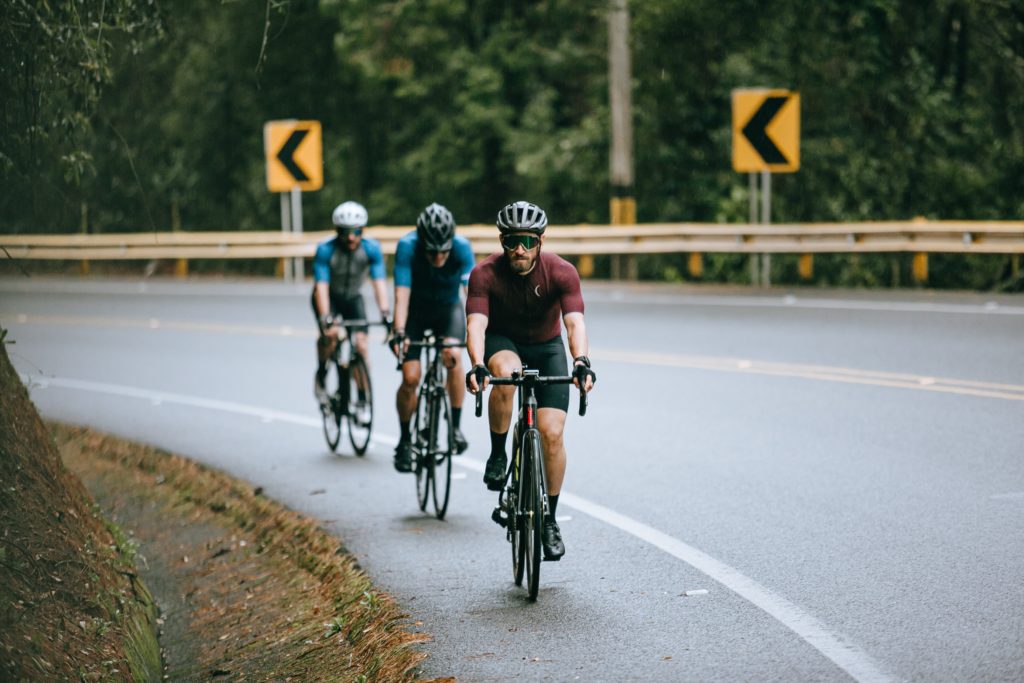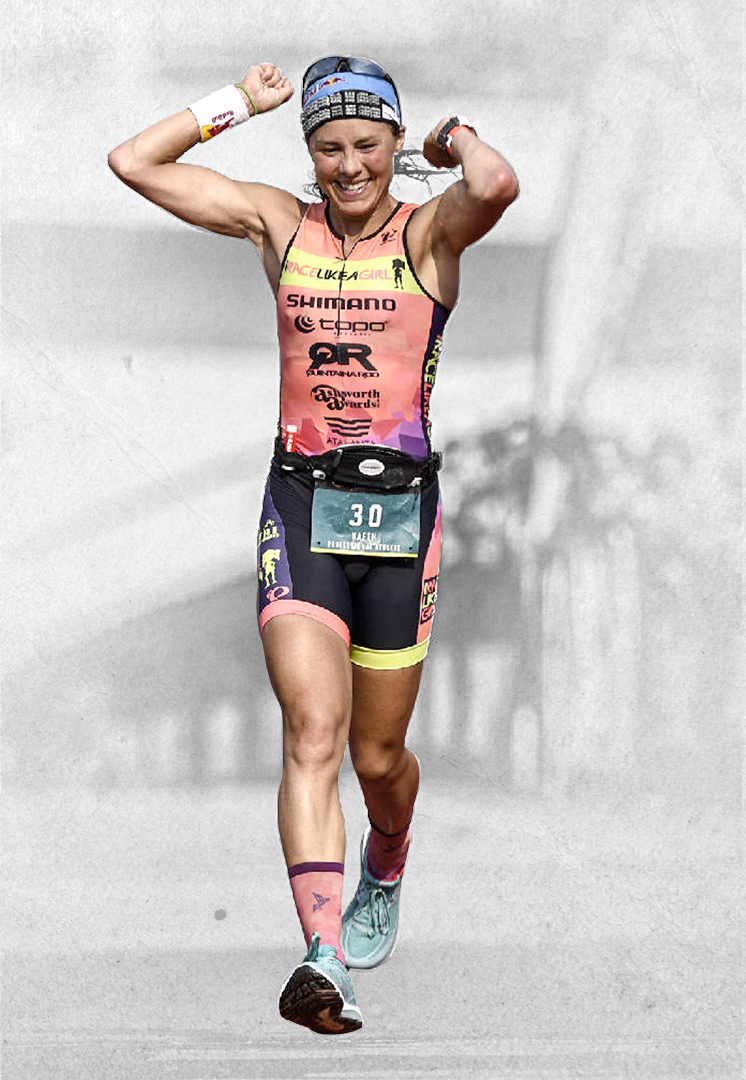Sponsored by
4 Tips for Riding In A Group

With Spring around the corner, we’re all gearing up to get outside on our bikes. For you this may take the form of a group ride, solo ride, or riding with a few training partners. If you’ve ever considered riding in a group, it requires a little practice, but once you learn the dos and don’ts of group etiquette, you’ll find group riding a great way to meet new people and get in the miles. Here are some key points and tips for riding in a group:
Group Cycling Tips
-
-
Using hand and voice signals is the best way to coordinate riding as a unit.
The front of the pack are the eyes of the group and the back riders are the ears. Messages and hand signals are used to communicate among everyone. All riders are responsible for ensuring one another’s safety during the ride. What does this mean? If a car is coming from behind, the typical call out is “car back!” so the crew knows there is a car and to be aware. This also lets the group know when they need to ride single-file to share the road with vehicles if there’s not enough room to ride two abreast.
If you’re in the front and see an obstacle, such as a pot-hole, point it out with a hand signal by pointing to the side of the bike you’ll pass it on. This indication allows riders behind you to be aware of what’s ahead and to follow your wheel. If you are stopping, it’s common to yell out “stopping” or use the universal hand signal for a stop, which is your left arm bent down at your side, palm toward the rider behind you. Using the hand signal can help when you may not be audible to a rider in the rear.
-
Bike handling skills are a key component of successfully riding outside.
After some months of indoor riding, you’ll want to freshen up on your skills by yourself before joining a group ride. A relaxed posture and holding a straight line during riding is important when in a group . When cornering be sure to keep a smooth line and avoid heavy braking. One way to accomplish this is to change to an easier gear and keep some pressure on the pedals. This will help you avoid slowing and possibly causing the cyclist behind you to hit you with their front wheel.
-
Positioning is key in a group.
It’s best to position yourself appropriately to take advantage of finding some free speed and be protected from the wind. If the wind is hitting you from the front right, you’ll want to position yourself and bike slightly to the left of the rider in front of you. Similarly,when the wind is hitting you from the left, position yourself slightly to the right. A main rule for all riding is never overlay your front wheel with another rear wheel. You want to leave some space between riders, but still take advantage of the benefits of a group. A good rule of thumb is stay roughly 1 to 2 feet or 30 centimeters back from others. Passing in a riding party takes finesse and you’ll want to use care when doing so. In general, pass on the left and warn the rider in front of you by saying, “on your left.”
-
When you ride in a group, pacing is important.
The goal is to keep a consistent and predictable effort for all. Use your brakes sparingly, if possible. A good tip is to stay 2 gears easier than the rider in front of you. You’ll find you’ll be able to spin and ride consistently when doing so. When pulling in the front of the group, try to keep the pace of the group the same. This will take some practice, but using your speedometer and maintaining the groups’ speed is a good place to start. If you find yourself having a difficult time staying with the group, opt to pull in the front for a shorter period of time. If you’re not familiar with the group, start in the back and see how the group works together to pull and share the front. Pacing climbs is important, as well. This is best done by starting up the hill in an easier gear and trying to maintain the same power (or RPE: rate of perceived exertion) as you were on the flats. If you need to shift, do so when you’re seated rather than standing. This prevents the bike from kicking backwards slightly, as is prone to happen if you’re standing.
-
Lastly, remember that pace lines and group rides are to keep everyone together and having fun. Half-wheeling, which is the term for having your wheel slightly in front of the rider you’re riding beside, is never a good idea. Steady effort and working as a group is the most important when it comes to pace. With these tips you’ll find your next group ride is a pleasurable adventure and workout for everyone!

Angela Naeth’s experience includes being a 3x Ironman Champion, 36+ podium places at the 70.3 distance and 8th at the Ironman World Championships in 2018. Her educational background includes a Master’s degree in Physical Therapy and Bachelor’s in Health Sciences. Angela continues to pursue her career as a professional triathlete, is the founder of an all women’s endurance team and coach’s others to achieve their athletic pursuits. Her passion is to inspire and support Women In Sport.





